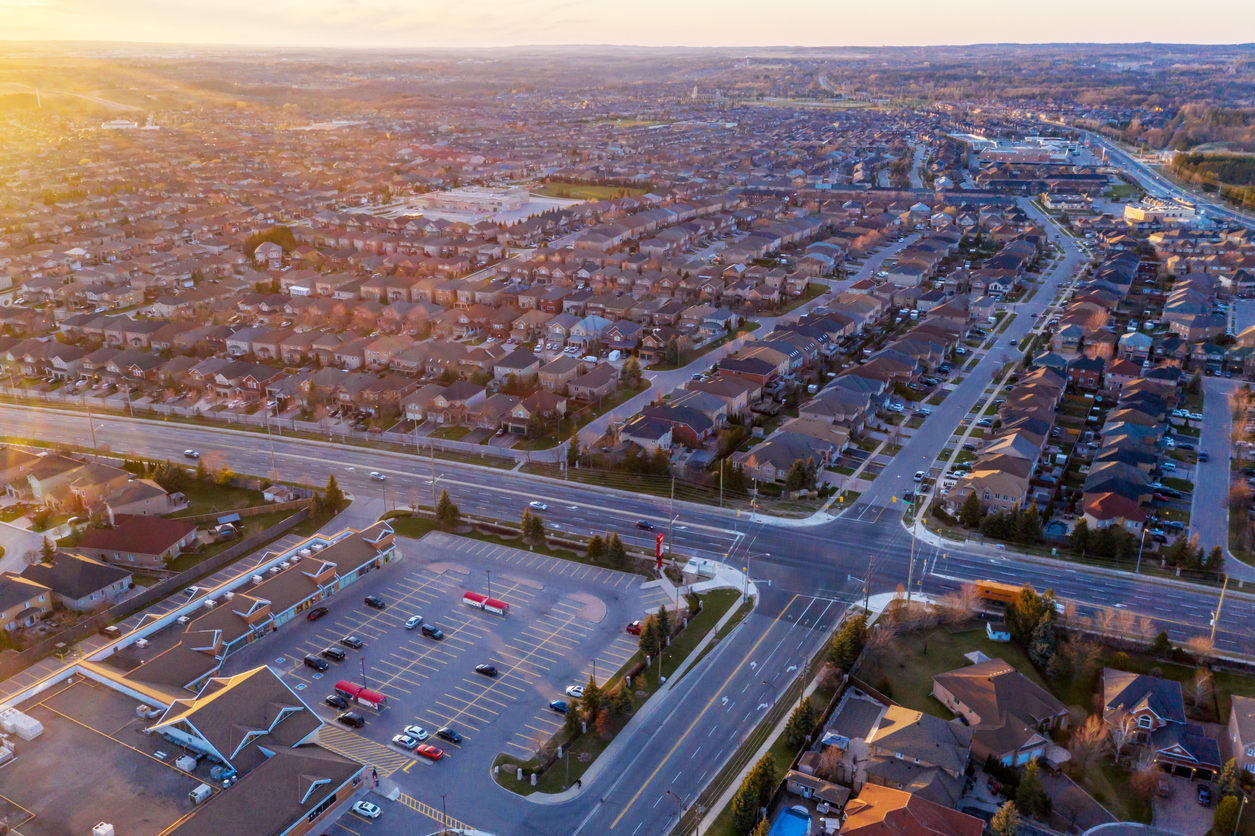
21 Feb How Small-to-Medium-Sized Communities Can Win Amid Inflation and Economic Uncertainty
A recent GOBankingRates survey found that a third of Americans say inflation is their top stressor going into 2023. While that statistic comes as no surprise, the difficult reality for many communities is that people are traveling and relocating less, putting added pressure on their tourism and growth strategies.
For example, Pew Charitable Trusts recently shared that fewer people are moving as interest rates and rents rise, reporting that every state experienced fewer people ‘moving in’ in May and June of 2022 compared with the same time period in 2021. States such as New York, California, Maryland and Louisiana were most impacted, seeing a reduction in moving of about 14% each. Nationwide, the number of moves during this time period was 9% lower than 2021.
On top of interest rates and rent, moving and storage costs have risen nearly 7% in the past year. With all of these increasing costs, people are stagnant and reconsidering that big summer vacation or potential move despite potential desires.
This trend leaves small-to-medium-sized communities that are striving for growth facing the real challenge of how to best attract more visitors and residents in a time of economic uncertainty.
Despite these difficulties, several of these communities possess a distinct advantage over their larger, highly populated counterparts. Many provide a lower cost of living and a quieter or more convenient way of life, while still offering sustainable and enriching career opportunities. They are also well suited to position themselves as a remote work, bring-your-job-with-you destination.
Additionally, consider the recent tech layoffs of large employers in U.S. mega-markets, and small-to-medium-sized communities have a distinct value proposition that can resonate with target audiences.
While the organic value proposition is strong, the current times call for a bit more convincing. Communities should consider boosting their tourism and relocation strategies with additional activations that strengthen their pitch in a complicated economy.
For example, never discount the tried-and-true saying, ‘money talks.’ A financial incentive to visit or relocate is a proven (and newsworthy) approach that has initiated action for other comparable communities.
The incentive doesn’t have to be as simple as no-strings-attached cash, either. Consider what makes the most sense for your community, such as reimbursing visitors for gas or airfare. Or, give a tax or rent credit to new residents after they have lived in your community for a certain period of time (see this recent approach by a North Star client, Quincy, Illinois).
In addition to incentives, proactive marketing is just as or even more important during times of inaction. Get in front of your target audiences through a variety of channels and don’t be shy about communicating why your community is ideal for them. Your region may not be recession proof, but, more than likely, you offer economic and quality-of-life benefits larger markets can’t provide. Market those benefits and pitch why your community is a good financial investment.Ultimately, economic volatility and uncertainty will pass, but it will rear its head again in the future. Those windows of time represent a unique chance for small-to-medium-sized communities to aggressively promote their differentiators. We can help you seize the opportunity.
